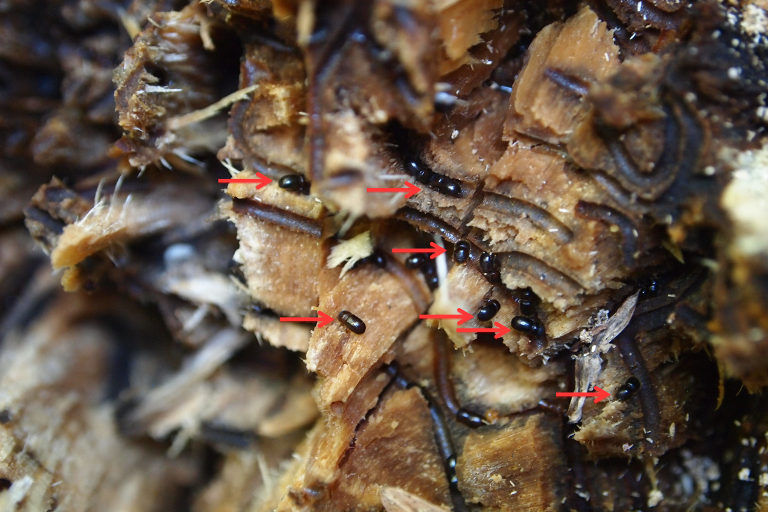Invasive insect is killing our trees
- activateeditor
- Feb 15, 2020
- 2 min read
Updated: Mar 3, 2020
By Hanneke du Preez
An invasive beetle from Southeast Asia, known as the Polyphagous Shot Hole Borer (PSHB), threatens approximately 200 tree species in South Africa alone.
The peppercorn-sized beetle was first discovered in South Africa by Dr. Trudy Paap in 2017. She discovered the PSHB during a routine survey in the KwaZulu-Natal Botanical Gardens in Pietermaritzburg.
It is not entirely conclusive how the PSHB infiltrated South Africa, but it is widely theorised that the beetle entered through shipping crates and pallets made from infested wood.
“I really can’t think of anything other than shipping crates and pallets” Garyn Townsend, entomology masters student at the University of Pretoria, said. Further, it is speculated that fire wood is one contributor to the rapid spread of the PSHB.
“To this day, the PSHB has been identified in eight of the nine provinces in South Africa; the only province with no reported cases of PSHB infestations is Limpopo”
“To this day, the PSHB has been identified in eight of the nine provinces in South Africa; the only province with no reported cases of PSHB infestations is Limpopo,” Townsend said.
Townsend is collaborating with entomologists at University Currently Known as Rhodes (UCKAR) and investigating the effects of the PSHB on indigenous forests.
According to Townsend, cases of PSHB infestations have been reported in the Afromontane Forest stretching from Knysna to Tsitsikamma.
“Symptoms vary from tree species to tree species. Entry holes are visible from where they bore tunnels in which they inoculate a fungus,” Townsend said. “The entry holes make it appear as if the tree has been shot, hence the name ‘Shot Hole Borer’.”
Other symptoms may include dark ‘bleeding’ from entry holes that dry to become yellow or white. The ‘bleeding’ excretion may sometimes stay dark or could resemble sawdust.
Subsequently, it was discovered that the beetle itself is not responsible for the eventual death of infested trees but rather the fungus it inoculates into the tunnels they bore.
The fungus (which they feed on) blocks the xylem vessels of the host tree which causes a blockage for the distribution of nutrients. Host trees then develop a disease known as fusarium dieback, causing them to eventually die.
Presently, there is no cure for infected trees and biological control methods are still being researched. It would, however, be difficult to find a biological control (the beneficial mechanism of parasites, pathogens, and predators in managing pests and their damage) to set free in South Africa that would not harm other species.
Townsend also added that eradication through chemicals is not an option either, as it would eventually result in trees dying anyway.
Usually, infested trees are cut down. The wood from the cut down trees is then left under a cover in the sun for several months, so as to prevent the bugs from migrating to and infecting other trees.
Despite there being no confirmed cases of infestations reported in the Makhanda area, the dispersal of these beetles to the Eastern Cape could mean great threats to urban foliage and local agriculture, especially the citrus and avocado industry.
Therefore, it is important to report suspicions of infested trees to your local municipality.
Director of Environment: J. Esterhuizen (0862 677 135)










Comments